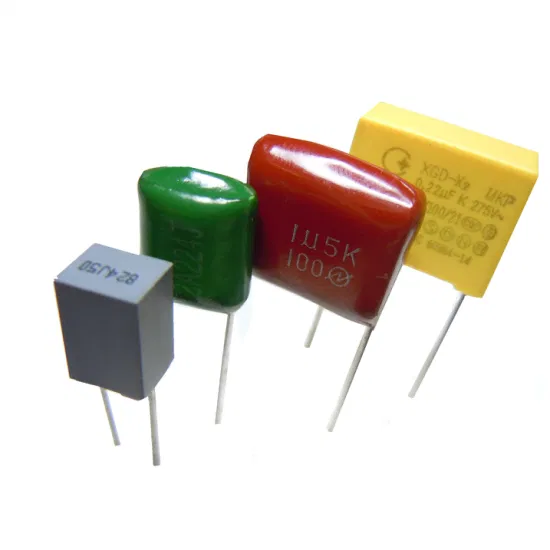Categories
- Film Capacitors(160,194)
- 1
- 2
- 3
- 4
- 5
- 6
- 250
What are film capacitors?
Film capacitors use plastic film as a dielectric material. The film is made very thin through a complex drawing process. The film may be made metal or left as it is. Next, electrodes are attached and the assembly is put in a protective case.
They are used in many applications because they are stable, have low inductance, and are cheap. There are many types of film capacitors, each made with a different material as the dielectric. The choice of dielectric material is crucial and must match the requirements of the application.
PTFE film capacitors are heat-resistant and used in demanding fields like aerospace and military technology. Metallized polyester film capacitors are long-lasting and cost-effective, making them suitable for many applications. When cost is a primary consideration, plastic materials may be used.

Applications for film capacitors
Power film capacitors are used in many different ways in power electronics, while low-power ones are used in decoupling, filtering, and analog-to-digital converters. They are also used in safety capacitors, to reduce interference, fluorescent lamp ballasts, and snubber capacitors.
Fluorescent light ballasts are important for starting and running fluorescent lights. A faulty ballast can cause flickering or failure to start. Old designs used only inductors, which led to poor power factors. Modern designs use switched power supplies with film capacitors for better power factor correction.
Snubber capacitors protect against voltage spikes. Film capacitors are used in these circuits because they can handle a lot of current, have low resistance, and are essential for snubber designs. Polypropylene film capacitors are often used in these applications. Snubbers are used in many electronic devices, especially power converters.
Film capacitors can also be used for conventional tasks like voltage smoothing in filters and audio crossovers. They can store and release energy in high-current pulses, which is important for powering lasers and generating lightning.







